
Lessons from a Conference Hundred Years Back

This year marks the centenary of the Washington Naval Conference which was held in the capital of the United States from November 1921 to February 1922. This Conference, well known at that time as a major disarmament measure, is rarely studied in India. It is quite understandable because defence issues were at that time entirely under the control of the British colonialists. Further, this was the Pacific which was never within the ken of Indian concerns even in ancient days. Whatever interest may have been there on the immediate sea environs, when Calcutta was the capital of the British Indian regime would also have diminished once the centre of government moved to Delhi, with its preoccupation with the northwest and remoteness from the sea and its problems and challenges.
It may, however be worthwhile to look at that Conference and its long-term consequences now that the world has determined that the Indian Ocean and the Pacific Ocean form an interrelated whole.
Though the League of Nations was established after the conclusion of the First World War, the Washington Naval Conference was held outside its aegis. It was perhaps because the United States, who initiated the work for the Conference did not join the League.
The US was keen about such Conference by 1921 for a variety of reasons. The biggest of its concern was the promotion of its policy laid down in 1916 for the setting up the most powerful navy in the world. In the Pacific, over half a century the US has been watching with concern the growth of Japanese power and its implication for its steadily expanding involvement in Chinese affairs.
A US naval expedition that charted the Pacific had completed its work between 1838 and 1842. The US also had the largest whaling fleet in the world by that time and its coaling and supply requirements for that fleet were of great importance. (Whale oil was essential for lighting till petroleum came on the scene. It is ironic that mineral oil, now reviled as hostile to the environment was the saviour of the whales in the 19th century).
The famous visit of Commodore Perry’s ‘black ships’ which led to the ‘opening’ of Japan in 1853 was also linked to this purpose. Over the next five decades, the USA watched with a concerned eye the opening of Japan, its rapid modernisation following the Meiji Restoration and its transformation into a ‘big power’ through its defeat of China in the war of 1894-95 and of Russia in the war of 1905. Japan captured Taiwan from China and Sakhalin from Russia thanks to these military victories in addition of obtaining trade and territorial benefits in China. US responded with the annexation of Hawaii in 1898 to set up an advance position in the Pacific.
The year 1898 was in many ways the pivotal year in the establishment of the US as a global power. The US won the Spanish-American War which created a belief in American minds that it was their nation’s mission to help people fighting for freedom. This pivotal battle brought USA out of its continental confines so decisively that there has never been a military conflict in any part of the world since then that did not involve the USA directly or indirectly. Nor has there been a peace negotiation that excluded the US, no matter whether the US adhered to the resultant Treaty or not.
The US also acquired the Philippines from Spain becoming a colonial power in Asia quite contrary to its democratic principles. This also brought it face to face with Japan which had annexed the neighbouring real estate of Taiwan. Their jostling became closer after the First World war when Japan took over the previous German colonies in South Pacific, bracketing the Philippines between them and Taiwan.
More important, the 1898 War gave the US total control over the Caribbean so that the Panama Canal became viable. With the Canal, the leadership in the quest of wealth in Asia and the Pacific was transferred to the US from Europe with Japan as the new risen challenger.
The War also emboldened the US to initiate its ‘Open Door’ policy in China which the historian Barbara Tuchman described as the ‘combination of profit and principle’ which was ‘elevated to a doctrine of foreign policy’. China became the core of US policy in East Asia and the Pacific, a place it occupied ever since through the rain and shine of bilateral relations. Japan became the problem because it was rival in China and, more important, Japan and Britain were allies who had mutually pledged to go to the other’s aid in case of armed conflict.
The Anglo-Japanese treaty was coming up for renewal in 1922, thus offering the USA the perfect opportunity to get the treaty terminated while ensuring that they would never be on the other side in any war in which the British are involved.
The Washington Naval conference was attended by USA, Britain, France, Italy, the Netherlands, Belgium, Portugal, China and Japan – an extraordinary collection of nations to decide on happenings in the Pacific. Even more bizarre, the Conference confirmed the territorial integrity of China, an exceptionally humiliating situation for that most ancient of nations with its proud past! That, of course legalised the free for all exploitation of China. The three big powers, the US, Britain and Japan agreed to fix their naval strength at 5:5:3 with control over fortifications in the islands in the Pacific and the coastal areas. Japan terminated its Treaty with Britain, ‘launching itself on a solo voyage into the troubled waters of world politics’ in the words of Japanese diplomat Takeo Iguchi who traces the roots of the Pearl Harbour attack in the disappointments and isolation stemming from this Conference.
The Conference took place in an unusual moment in the history of Japan, when there was genuine desire for peace, reduction of military spending, with politics being thrown open to greater public participation and general relaxation of tension. But, this was to last less than a decade with the Depression of 1931 and the rise of protectionism and political conservatism all around.
Things went downhill since then with the US responding to events in China with a series of increasingly tight economic sanctions, suspension of import of major trade items from Japan, abrogation of trade agreements, ban on sale of strategic items like rubber and POL, culminating in the freezing of Japanese assets in the US – an early example of a now familiar tale. Thus came about Pearl Harbour, a desperate dice throw by Japan that failed. The tide turned against Japan a little later in the islands of the South Pacific after the battle of Guadalcanal, allowing the USA to island hop in the quest to squeeze Japan.
Now the anxiety is about another country breaking its natural barriers and expanding into the Pacific. Way back in 1893 Admiral Mahan wrote, “should China burst her barriers eastward, it would be impossible to exaggerate the momentous issues dependent upon a firm hold of the Hawaiian Islands by a great civilised maritime power”. Discounting the standard issue racism of 19th century Anglo-Saxon commentary, Mahan, who is studied as avidly in China as in the US, has a message which is valid today too.
A single look at the map will show how East China is so similar to the Caribbean and breaking out of it eastward is not different in practice from breaking out of it westward, something that was done more than 120 years back. That is happening too as with the arrangements China is making with the Solomon Islands, precisely the area taken over from Germany by Japan after the First World War and the site of the biggest battles between Japan and the US in the Second World War.
************
Disclaimer
The opinions expressed in this article are the author’s own and do not reflect the views of Chanakya Forum. All information provided in this article including timeliness, completeness, accuracy, suitability or validity of information referenced therein, is the sole responsibility of the author. www.chanakyaforum.com does not assume any responsibility for the same.
Chanakya Forum is now on . Click here to join our channel (@ChanakyaForum) and stay updated with the latest headlines and articles.
Important
We work round the clock to bring you the finest articles and updates from around the world. There is a team that works tirelessly to ensure that you have a seamless reading experience. But all this costs money. Please support us so that we keep doing what we do best. Happy Reading
Support Us



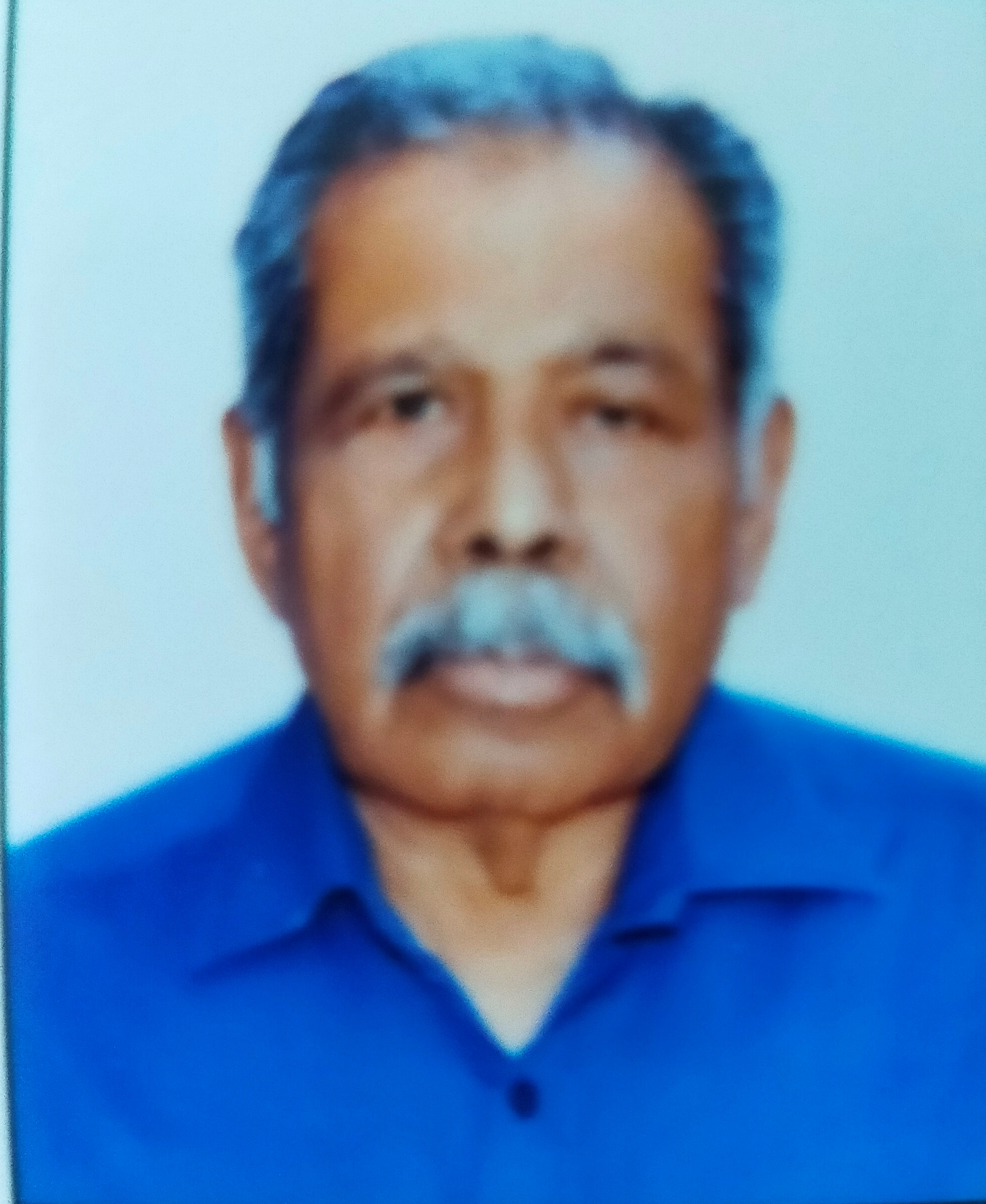


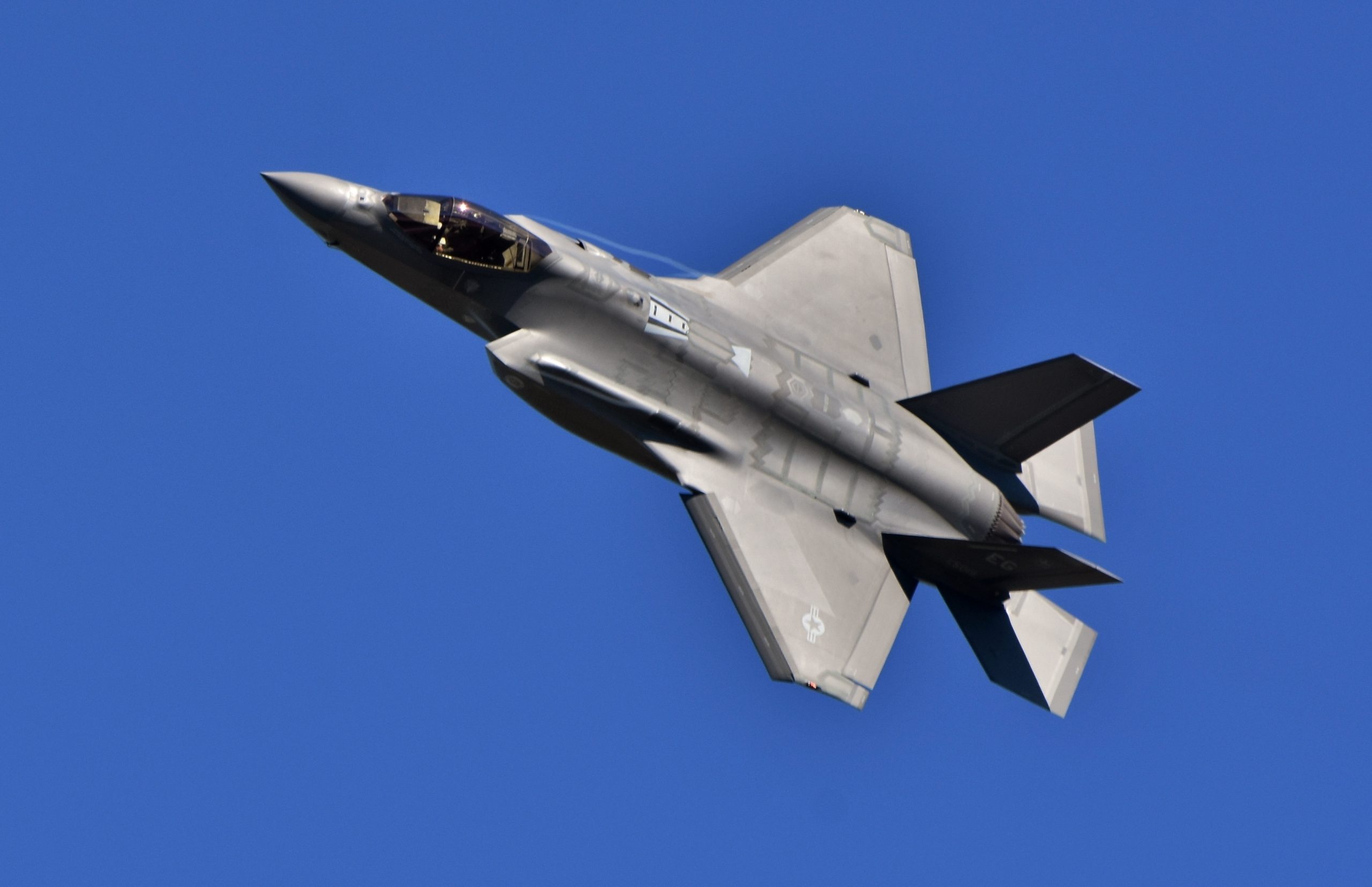
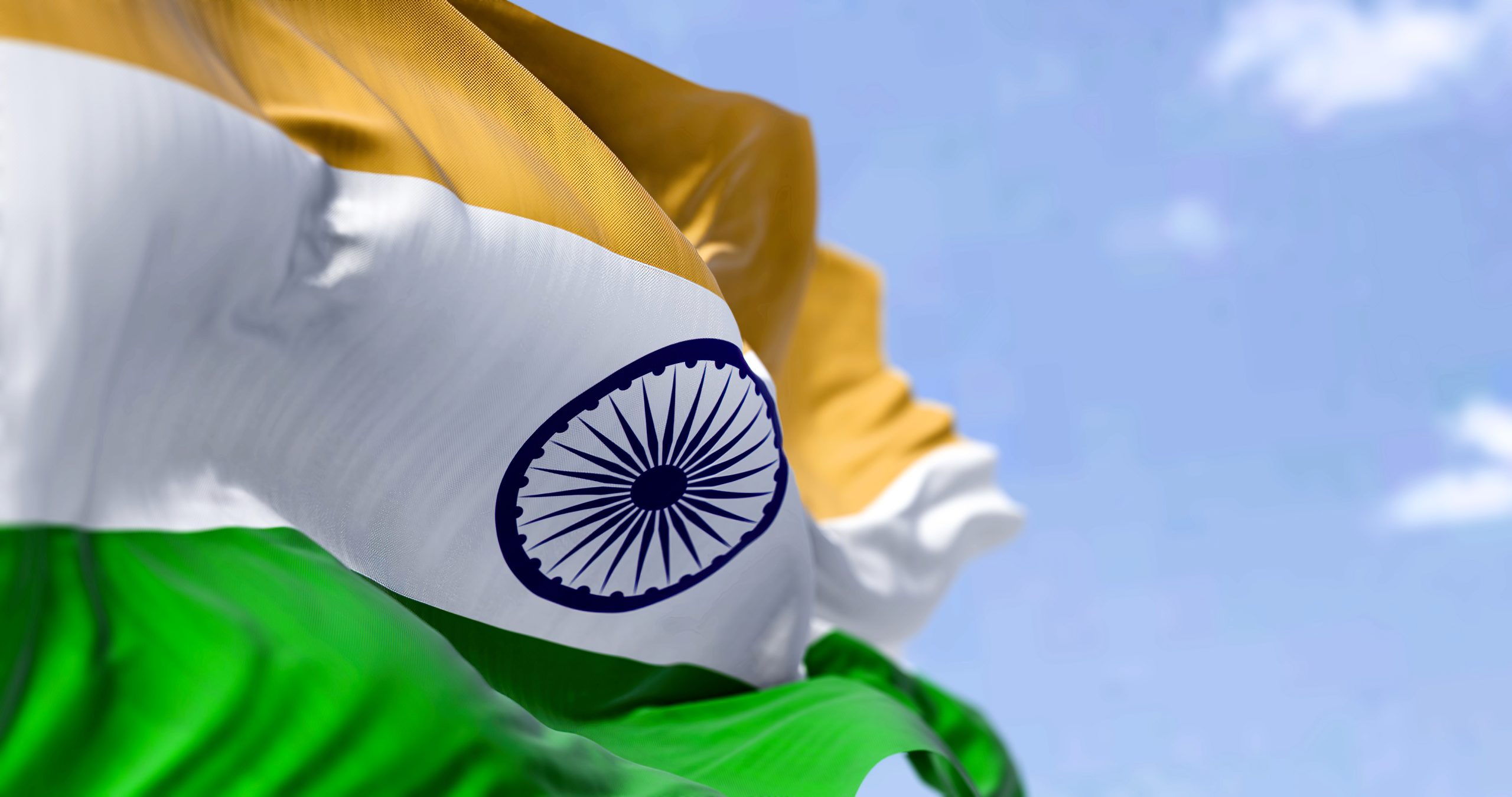
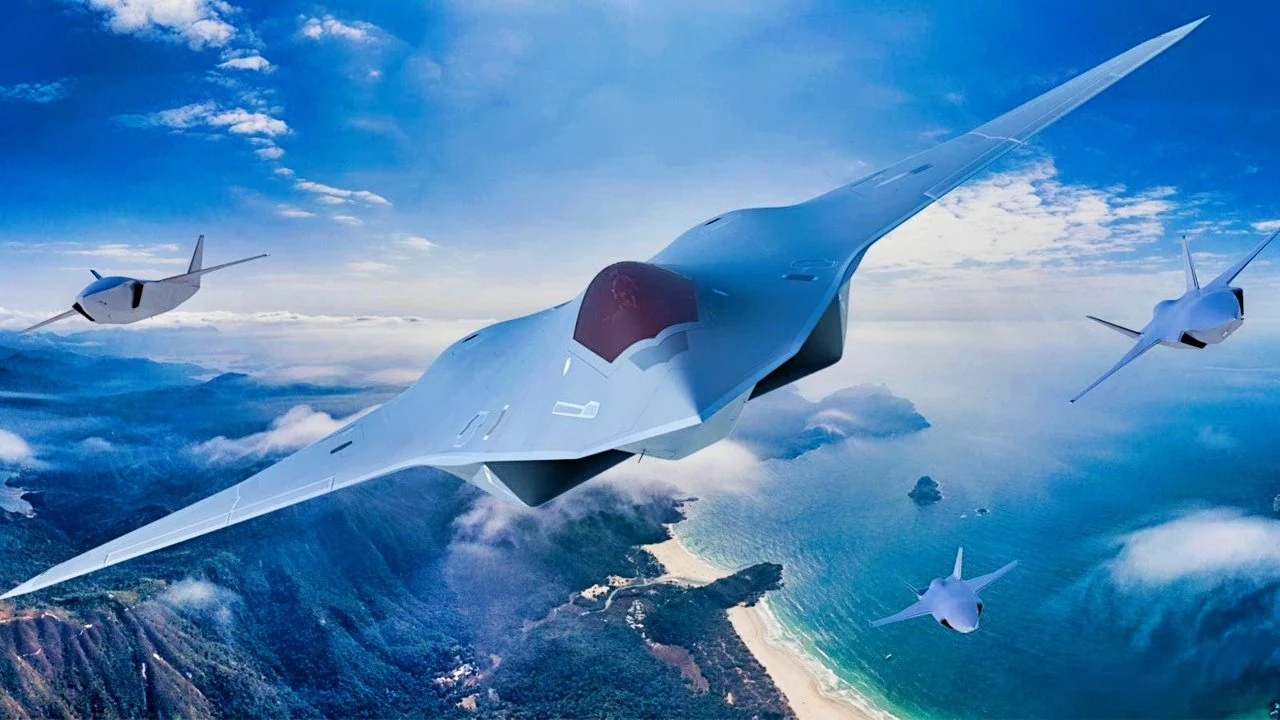
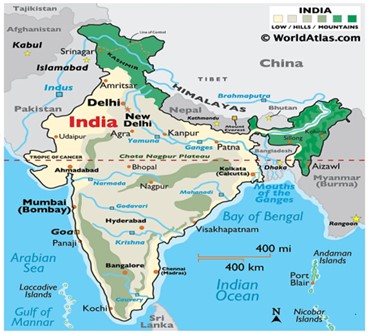

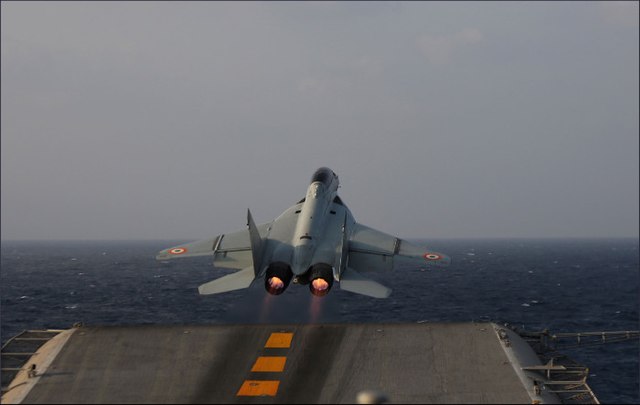
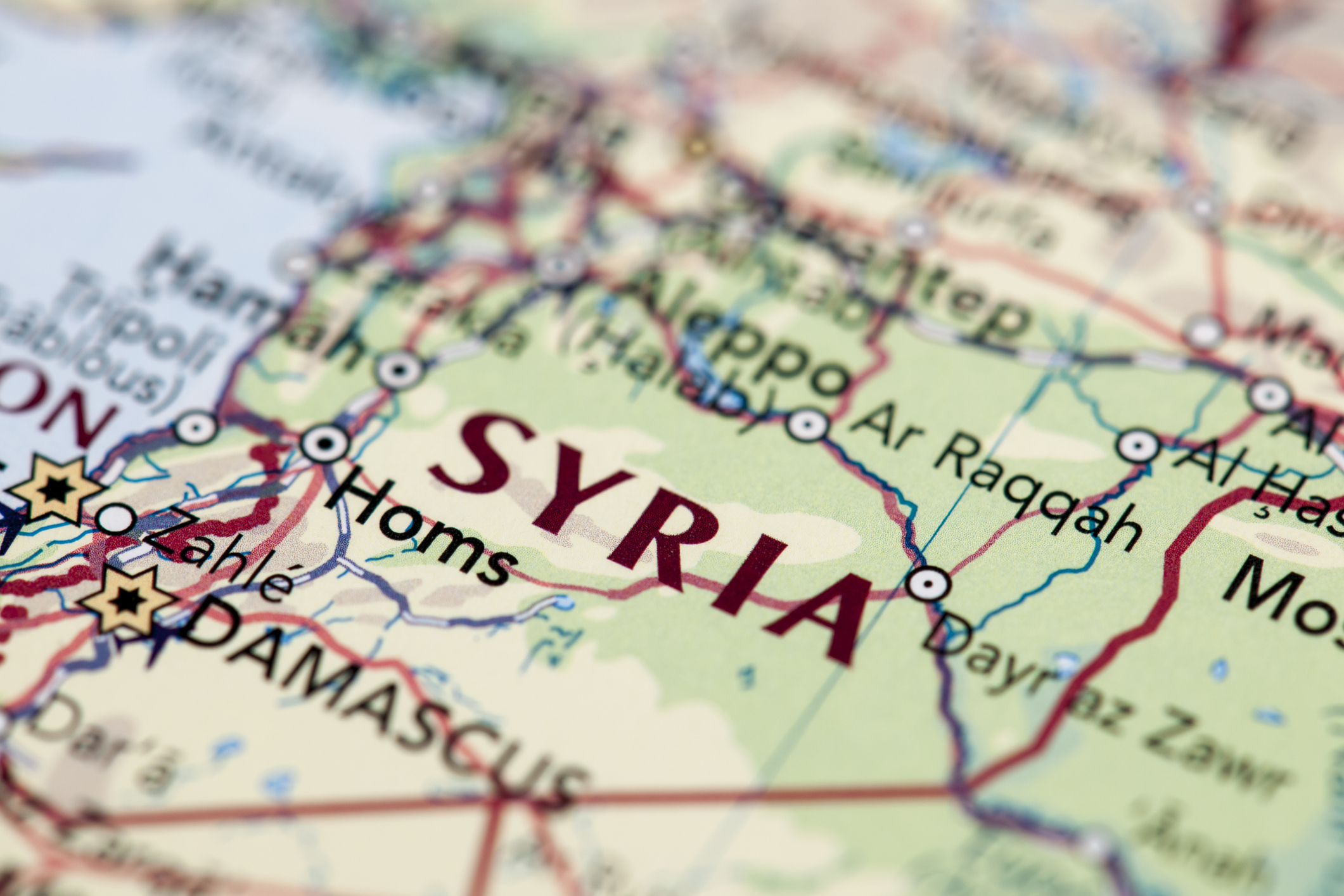

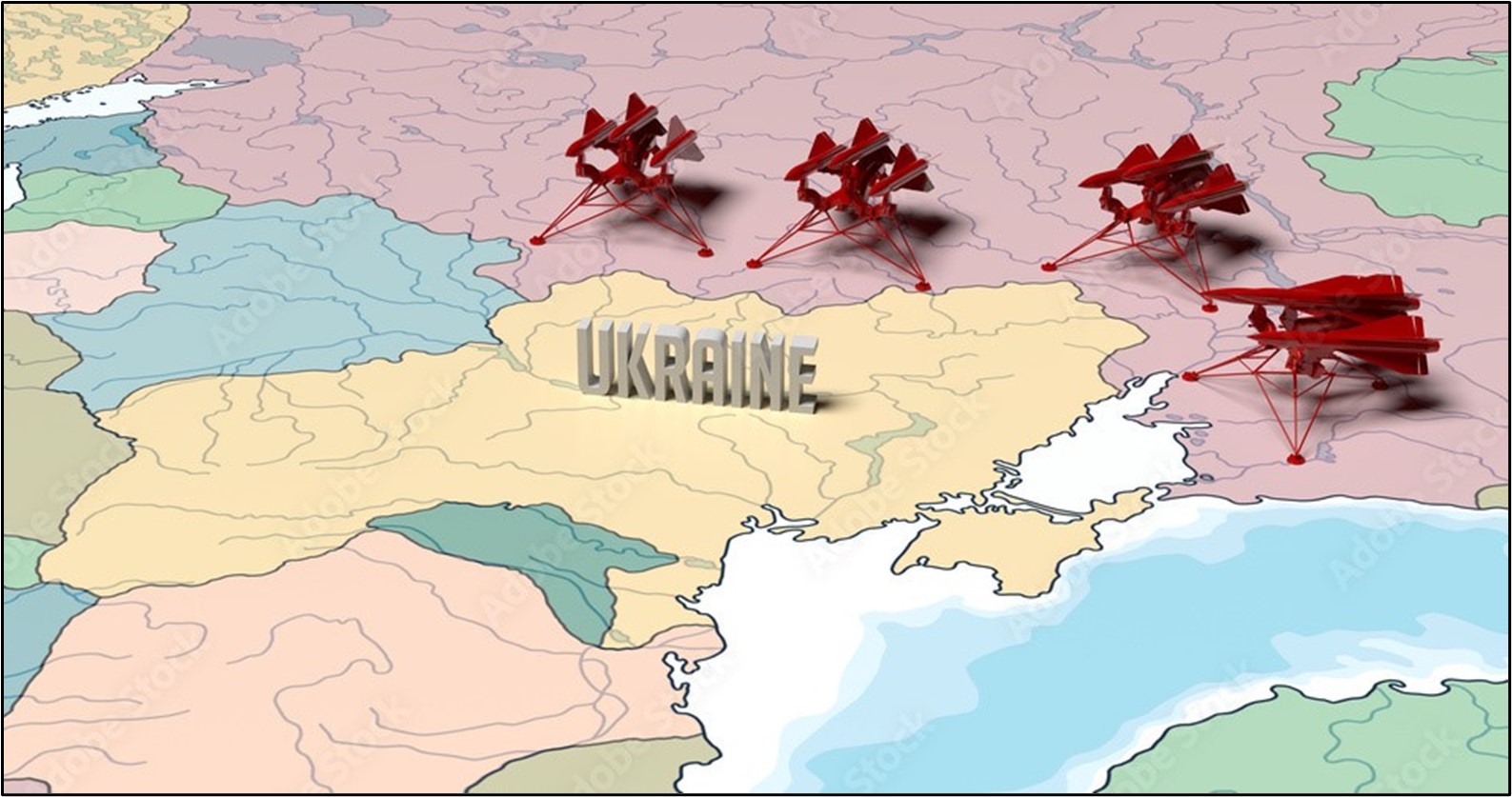






POST COMMENTS (0)